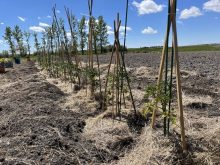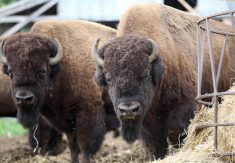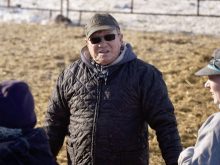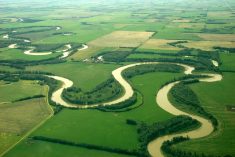Manitoba Agriculture is looking to expand its work with Indigenous communities through what Agriculture Minister Ron Kostyshyn calls a “government-to-government partnership” approach to agricultural reconciliation.
That includes things like funding Indigenous food system projects through the Sustainable Canadian Agricultural Partnership (S-CAP), or working with First Nations, Métis and Inuit communities on initiatives ranging from food production to greenhouse infrastructure development.
But while the province emphasizes partnership in their messaging, Indigenous leaders say more concrete action is needed to move beyond lip service and into real-world results.
Read Also
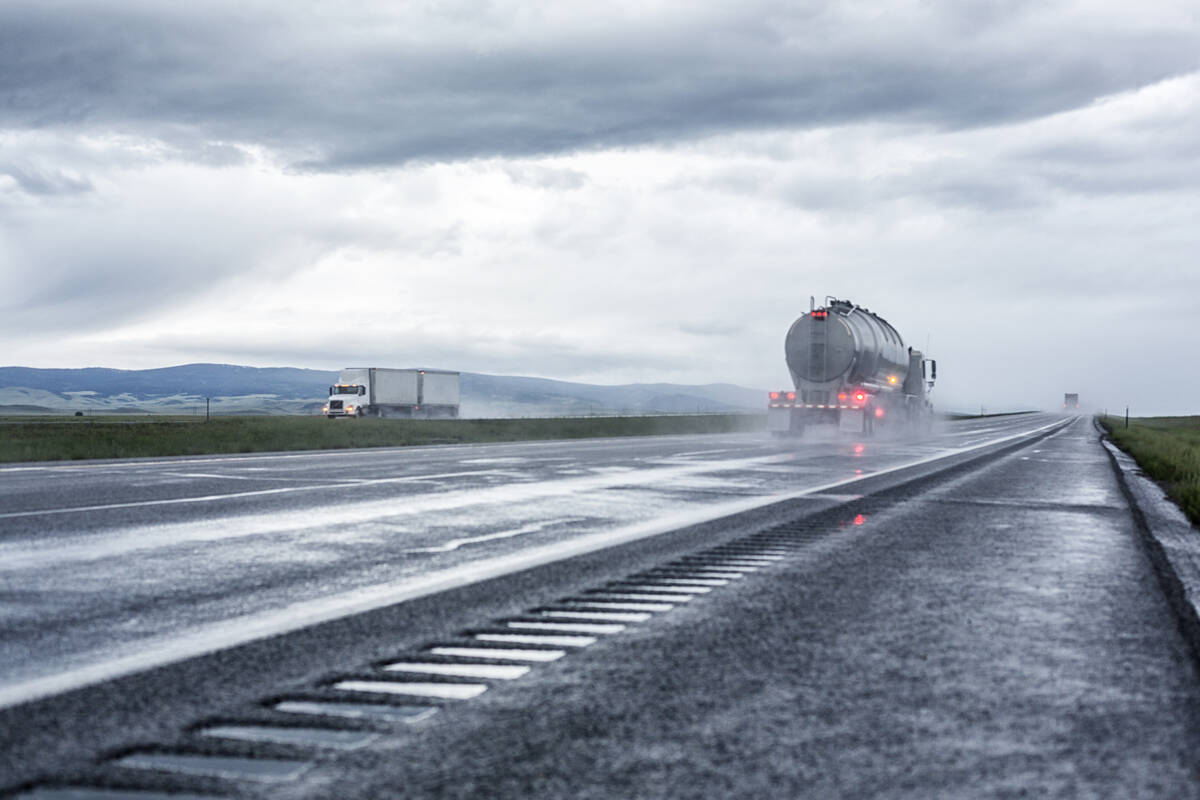
Province pledges funds to CentrePort Canada
The Manitoba government has pledged $450,000 towards projects at inland port CentrePort Canada.
“Right now our relationship is cordial,” said David Beaudin, agriculture minister with the Manitoba Métis Federation. “I’ll say it hasn’t been hugely productive in regards to our project proposals, and where the projects that we would like to have completed. So, we do meet with them on a semi-regular basis, but it is a lot of promises so far.”
WHY IT MATTERS: Indigenous leaders and policy leaders say farming has a role in economic reconciliation, but how does agriculture contribute to turning that talk into meaningful action?
Economic reconciliation has been among the concepts getting greater public awareness in Canada in recent years.
Last year, attendees of the Protein Industries Canada convention in Saskatoon were told that, for agriculture, reconciliation must include leaving space for Indigenous agricultural opportunity. The presenter, Cadmus Delorme, is an Indigenous entrepreneur, chief executive officer of OneHoop Consulting and a former chief of Saskatchewan’s Cowessess First Nation, who has often been called to speak on that community’s reconnection to agriculture during his tenure as chief.

In Manitoba, reconciliation has accounted for a lot of air time with policy makers and the provincial government. Since 2015, the province has put out an annual Pathway to Reconciliation progress report.
The most recent, covering 2023-24, pointed to things like the joint provincial-federal investment into OneNorth, the locally driven partnership that has taken over the Port of Churchill and railway leading to it. More directly linked to agriculture, the report cited Manitoba Agriculture’s Indigenous Elder-in-Residence program “to incorporate traditional knowledge into modern food systems, and to support the production of sustainable, local, and culturally appropriate food within communities.”
Also, as part of S-CAP, two new initiatives (Indigenous Agriculture and Food Systems and Indigenous Relationship Development and Engagement) were launched under the auspices of the Indigenous Agriculture and Relationship Development program, the report noted.
Funding under that program, up to $5,000, goes to projects that “tie into future initiatives and support advancing economic reconciliation in Indigenous communities.” Non-Indigenous entities, like municipalities or producer groups, can also access that funding, although they must show that they’re engaging with Indigenous communities and the results of the project must be demonstratively positive to Manitoba’s Indigenous residents.
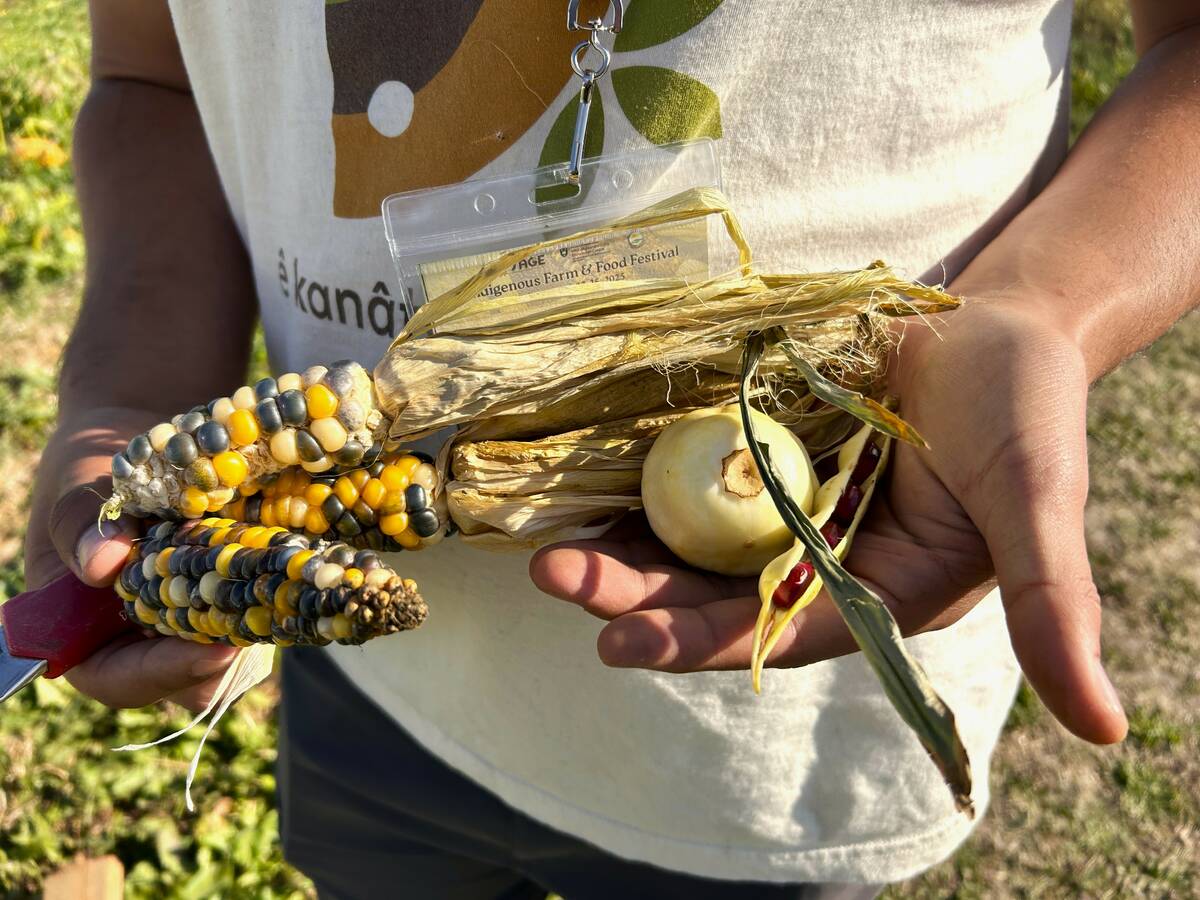
The province also pointed to their changes to Crown lands, which added Indigenous groups as potential leasees, and added treaty land entitlement reviews to the new lease nomination mechanism. That mechanism lets outgoing legacy leaseholders nominate the next holder for the remainder of the lease term, assuming the parcel isn’t subject to a land claim.
Other economy-building items included road improvements other infrastructure, items on mining and natural resources, education, training and job opportunities.
“A whole-of-government approach is needed to ensure reconciliation is meaningful and lasting,” the report noted.
Treaty rights and Crown lands
The work is a two-way street of learning, Kostyshyn said.
He pointed to Fox Lake Cree Nation’s Food for All program, which received funding under the Indigenous Agriculture Food System Initiative.
“This work supports for learning more between northern and southern farmers,” he said.
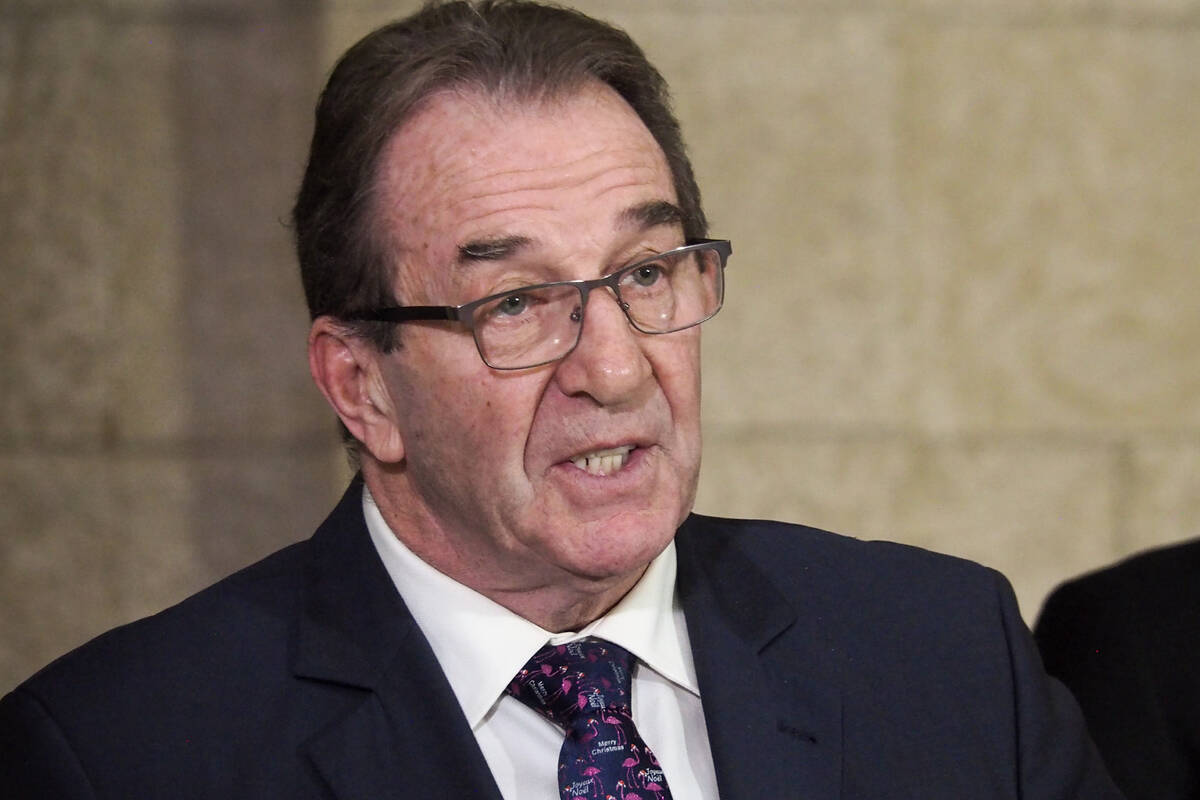
The province is also supporting bison projects with First Nations communities like Brokenhead and Sandy Bay, working with the Southern Chiefs’ Organization (SCO).
“It starts with first the treaty rights that we have,” said SCO Grand Chief Jerry Daniels. “The whole idea was that we’d all benefit from the land.”
The SCO has been working on utilizing Crown lands for agricultural purposes.
“I think that we’re getting to a place where you should have something soon. But it takes quite a number of different partnerships and markets and stuff like that, to really have the entirety of something of this area properly utilized and thought out,” Daniels said.
The Manitoba Métis Federation, likewise, has made agricultural gains, both with and without government support.
“Our biggest win right now is the garden box program that we that we have that our citizens are using to grow their own vegetables,” Beaudin said.
The federation also boasts a small bison herd of about 20 animals and, with the help of the province, is developing community gardens.
They would like to expand that portfolio even more, Beaudin added. Hemp production is one ag sector on their wish list, and the organization is exploring opportunities like beekeeping.
Building from the ground up
Large scale crops like hemp, however, require a land base, and land access is still one major barrier for Métis farmers, according to Beaudin.
“In order to have more of our youth enter the farming industry, they still need access to land, and if they can’t get that land, then they’re going to have a harder time supporting their families,” he said.
He also pointed to changes in the Crown lands system, but in a less positive light.
The current system is a rollback from old rules that, starting in 2019, drastically changed how leasing and grazing Crown lands were managed in Manitoba. Among other changes, the system replaced the old points-based system, which weighed a leaseholder’s application on several factors, including age, with an auction-based system.
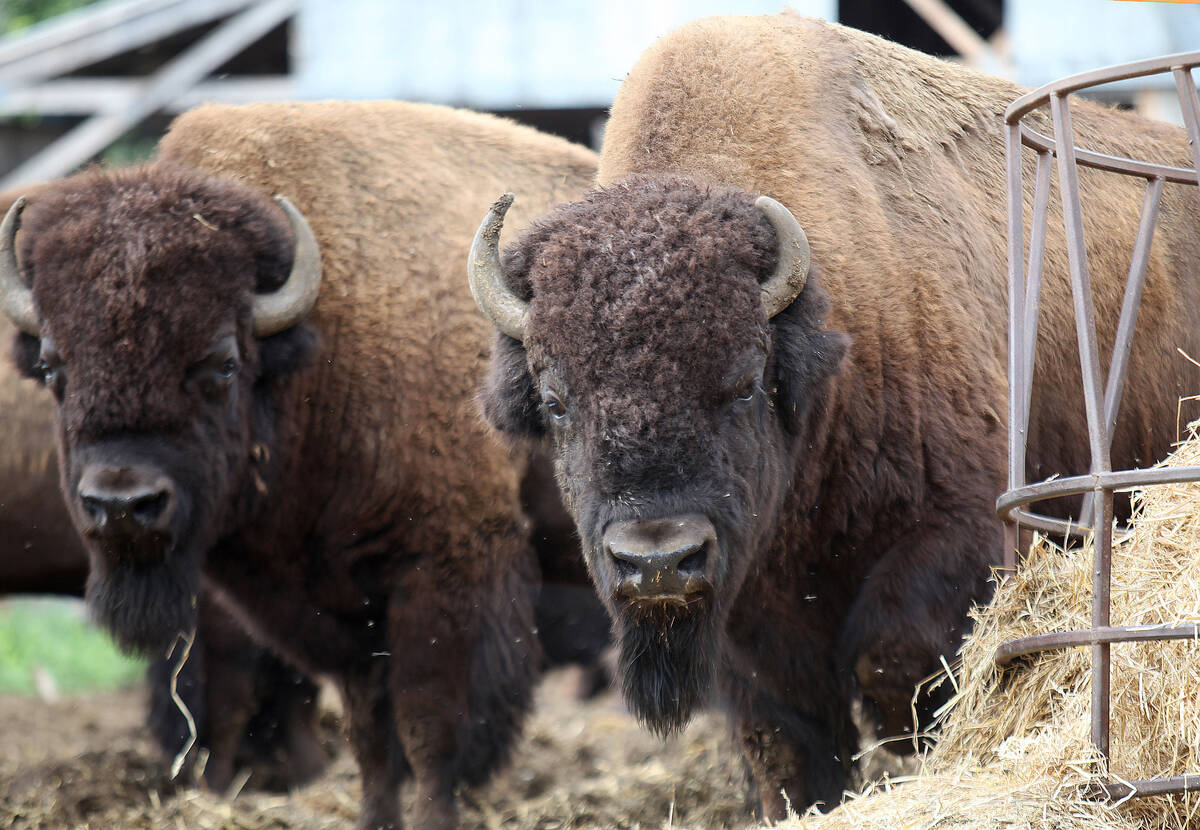
Although the points system had been criticized for lack of transparency, leaseholders now worried that young farmers would be priced out of potential leases, unable to match the bids of larger and established farms.
Ranchers, including Métis ranchers, Beaudin told the Co-operator in a 2023 article, struggled financially under the new rules.
“Some of the Red River Métis Crown land leaseholders had no choice but to relinquish their leases, their business and therefore their livelihood and way of life,” he said at the time.
Although Manitoba’s change of government in late 2023 led to a number of controversial Crown land changes being backtracked or amended, the auction system remained in place.
Youth involvement
It’s integral to engage young Indigenous people in agriculture, Beaudin believes.
“We can approach at the Grade 9 level, when they’re making that decision entering high school, if they’re going to take the courses that will stream them into university, into the diplomas and degrees,” he said in a recent interview.
Daniels agrees that Indigenous youth engagement needs to be a priority in agriculture, particularly connecting young people to traditional practices.
“I want to have more of our young people getting experience with horses, with bison, spending time out on the land. And I think that this is a big part of it. So, we want to be able to look at how we can have more of our young people involved,” he said.
Food security
There is also the matter of food security and sustainability, which both the Métis federation and Southern Chiefs’ Organization name as a focus.
“That’s where our energy is being put,” Daniels said, adding that long-term solutions are needed. “We do want a real, true, long-term partnership with the government, and we want to restore our lands at least to a bit of what they used to be, and sort of build that out and create that kind of resilience.”
The MMF has also increased visibility through events like the St. Norbert Métis Market Day.
“We have all of our horticultural people set up there with their canopies, and they’re selling their goods and their vegetables. And it brings a lot of awareness to the to the Métis for what they’re doing as a government,” Beaudin said.
More MMF initiatives will be announced in the nature future, he added.
Next steps to reconciliation
The province remains committed to open dialogue and working with Indigenous communities and organizations, Kostyshyn said.
He added that current initiatives represent early steps in a longer-term partnership. Projects start off small before looking for opportunity to grow sustainably.
Future concepts include processing capacity for agricultural products produced in Northern Manitoba, areas far away from the normal supply chain routes, and supporting market gardens in Indigenous communities.
“I think we’re just in the infancy of a great partnership in the long run, where we want to share ideas, but also we want to learn from the Indigenous circle as well.”
“We are listening, and we will continue to listen and work together,” he also said.
For more truth and reconciliation coverage from the Co-operator and other Glacier FarmMedia publications, see our truth and reconciliation landing page at AgCanada.com.




